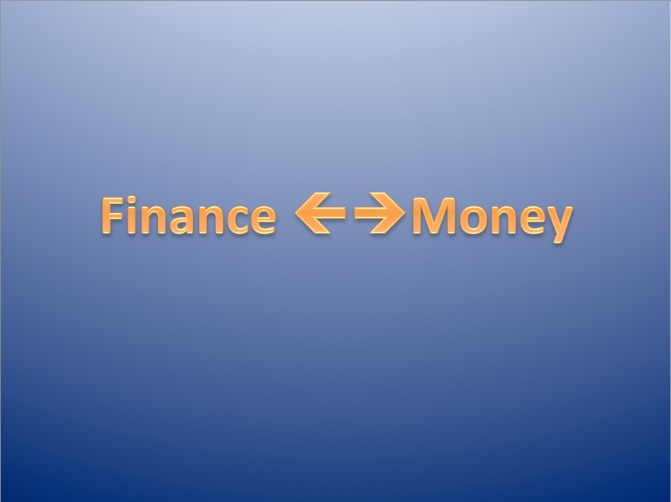What is interest rate? The interest rate is the amount of interest due each period, expressed as a percentage of the principal sum lent or deposited. The interest rate determines the total interest due on an amount, as it depends on the principal sum, compounding frequency and time period. If the interest rate is 4%, the interest paid will be $54.20 per $1,000 lent. An interest rate of 10% indicates that the interest paid is four times as much as the principal.
In other words, interest rate is the price the lender charges you for using their capital. The higher the rate, the more you will have to pay for the loan over its life. There are many factors that drive interest rates, and we can’t avoid them. The highest mortgage interest rate in the U.S. was 15% in 1981, and inflation was running high in the U.S. at the time. Interest rates typically increase with inflation.
Interest rate is the percentage that a lender charges borrowers for loans. It represents the cost of borrowing money, and can help or slow down the economy. It is managed by the Federal Reserve and is a major factor in the cost of loans. Although borrowers generally want the lowest rates possible, lenders aim for high rates to generate higher profits. Generally speaking, interest rates are expressed in daily, monthly, or annual terms. Nevertheless, it is important to note that rates vary between different loans.
A variable interest rate fluctuates in accordance with supply and demand in the financial market. The fixed rate is the actual rate of interest paid on a loan, and the variable rate fluctuates based on other variables such as inflation and market index. Hence, it is important to understand the factors that affect interest rates. In most cases, the fixed interest rate is displayed in an interest rate calculator. A variable interest rate is represented by a higher number than the nominal one.
Interest rates differ widely. Banks need to make a profit, so they charge interest for the privilege of lending money. Interest rates are a way for lenders to protect themselves from financial losses by building a cushion of money to use for future expenses. Interest rates differ greatly on credit cards and other loans. They may be fixed or variable, but both will be charged as a percentage of the loaned amount. So, how do you determine what rate will work for you?
Interest rates are calculated as a percentage of the original loan amount. For example, a 5% interest rate means the borrower will pay 5% of the loan amount each year. As the amount of money you borrow is higher than the interest rate, the APR represents a more effective rate of interest. APR is also used to determine how much money a loan will cost you over a certain period of time. For more information, check out a lender’s website.
Interest rates are determined by the overall interest rates of the economy. A good economy leads to lower interest rates. Banks can also issue interest rate futures to manage the risk of fluctuations in interest rates. These futures can help them lend money to local businesses and households. It’s essential to understand what is behind interest rates and why they vary. So, keep an eye on your interest rate. This way, you can make better decisions about your finances and avoid paying more than you need to.
The discount rate and interest rate differ from each other but can move in parallel paths. Those in the finance industry need to understand the difference between these two terms. A discount rate, on the other hand, captures the risk of the loan and incorporates the risk of equity. However, the interest rate will change as the principal is paid down. So, when you are looking for a loan, always consider the interest rate. You may want to consider your credit rating and whether it’s low enough.
Another important distinction between interest rates and annual percentage rates is whether the rate is fixed or variable. While these two numbers seem to be equivalent, they do not have the same meaning. In fact, the difference is small – between the interest rate and APR, it’s still important. And it isn’t just interest rates that are different. The annual percentage rate, on the other hand, is an interest rate. This is the amount of money that a lender will charge you for the loan based on the amount of money you borrow.





